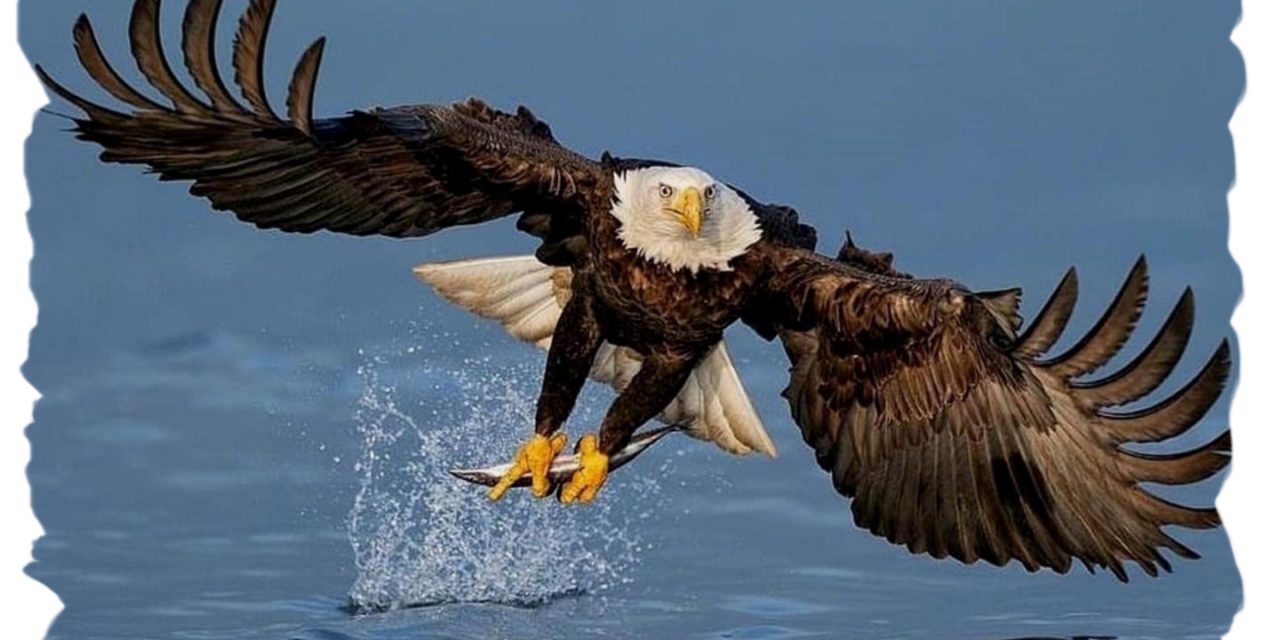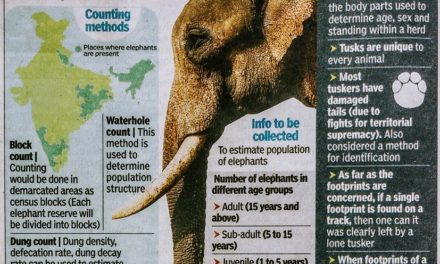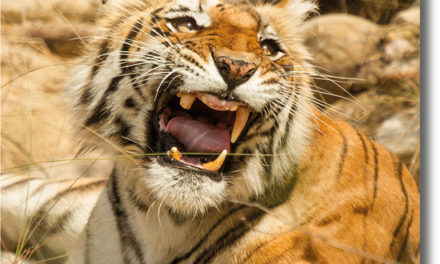
White Tailed Eagle

The white-tailed eagle (Haliaeetus albicilla) is a very large species of sea eagle widely distributed across temperate Eurasia. As are all eagles, it is a member of the family Accipitridae (or accipitrids) which includes other diurnal raptors such as hawks, kites, and harriers. One of up to eleven members in the genus Haliaeetus, which are commonly called sea eagles, it is also referred to as the white-tailed sea-eagle. Sometimes, it is known as the ern or erne (depending on spelling by sources), gray sea eagle and Eurasian sea eagle
While found across a very wide range, today breeding as far west as Greenland and Iceland across to as far east in Hokkaido, Japan, they are often scarce and very spottily distributed as a nesting species, mainly due to human activities. These have included habitat alterations and destruction of wetlands, about a hundred years of systematic persecution by humans (from the early 1800s to around World War II) followed by inadvertent poisonings and epidemics of nesting failures due to various manmade chemical pesticides and organic compounds, which have threatened eagles since roughly the 1950s and continue to be a potential concern. Due to this, the white-tailed eagle was considered endangered or extinct in several countries.
However, some populations have recovered well due to some governmental protections and dedicated conservationists and naturalists protecting habitats and nesting sites and partially regulating poaching and pesticide usage, as well as careful reintroductions into parts of their
former range.
White-tailed eagles usually live most of the year near large bodies of open water, including both coastal saltwater areas and inland freshwater, and require an abundant food supply and old-growth trees or ample sea cliffs for nesting. They are considered a close cousin of the bald eagle (Haliaeetus leucocephalus), which occupies a similar niche in North America.
Description
The white-tailed eagle is a very large bird and one of the largest living birds of prey. It is the largest of the dozen species called eagle to be found in Europe and is the largest eagle across its distribution, excluding the Russian Far East and during winter in Hokkaido where it co-exists with its larger cousin, Steller’s sea eagle. The white-tailed eagle is sometimes considered the fourth largest eagle in the world and is on average the fourth heaviest eagle in the world. The only extant eagle species known to be more massive in mean bulk are Steller’s sea eagle, the harpy eagle (Harpia harpyja) and the Philippine eagle (Pithecophaga jefferyi.
The white-tailed eagle measures anywhere from 66 to 94 cm (26 to 37 in) in total length with a typical wingspan of 1.78 to 2.45 m (5 ft 10 in to 8 ft 0 in).This species may have the largest wingspan of any living eagle. The Steller’s sea eagle, which is larger in weight, total length and non-wing standard measurements, may be the closest rival for median wingspan amongst living eagles.
In one sample from Norway, 5 male white-tailed eagle were found to average 2.26 m (7 ft 5 in) and 8 females were found to average 2.37 m (7 ft 9 in) In another sample of wild birds of unspecified origin, 5 males were found to average 2.1 m (6 ft 11 in) and 7 females averaged 2.3 m (7 ft 7 in) Record wingspans have included a specimen from Greenland which measured 2.53 m (8 ft 4 in) while another specimen apparently spanned 2.6 m (8 ft 6 in).
Habitat & Breeding Range
This eagle breeds in northern Europe and northern Asia. Their range extends to as far west as southern Greenland (prevented from breeding further north due to the short summers,northern and eastern Iceland, and the reintroduced populations in some areas of England (introduced in 2019,Ireland and Scotland, particularly conserved coastal spots. In mainland Europe, often isolated outposts remain in coastal and western Norway ,
northern and southwestern Finland, eastern Sweden, southern Denmark (and some spots in the north), islands of the Baltic Sea, western Austria, northeastern Germany, northern and eastern Poland, the Czech Republic, much of the east Baltic countries, the non-montane areas of the Ukraine, eastern Slovenia, central and
southern Hungary (and adjacent northeastern Croatia), very sporadically in Greece, the Danube sections of Romania and Bulgaria to the Black Sea and western and eastern Moldova.
The bird returned to the Netherlands in 2006 and in 2018 the number of breeding pairs had increased to 14. In Asia Minor, it only remains as a breeder in very sparse and small pockets of Turkey and Georgia, taken as a region there is likely to be fewer than 30 breeding pairs in this region. In the Middle East, the white-tailed eagle may still be found breeding only along the southern coast of the Caspian Sea in northern Iran and southwestern Turkmenistan. Discontinuously, they are found as residents in Kazakhstan where they live in a long strip of the southern part of the country starting at the Aral Sea and the northwestern portion (but not, as far as is known, breeding in the Kazakh part of the Caspian Sea coast).
The only country in which the white-tailed eagle is found over a continuous and extremely large area is Russia. The species is found very broadly everywhere in Russia from European Russia in the west to the Bering Sea in the east, only being fully absent as a nester as far as is known from the high Arctic regions and a section bordering westernmost Kazakhstan, although it breeds to south of this in the Russian coastal part of the Caspian Sea. Their northern limits occur in Russia to the Ob river to 70 degrees north at the mouth of the Yenisei River and on the Gyda and Yamal Peninsulas, to the Kolyma, Indigirka and Lena rivers to above 72 degrees north, even to 75 degrees north on the Taymyr Peninsula. They are said to be common around the White Sea, reportedly even the most abundant bird of prey locally and found both on coasts and inland lakes, although breeding rates are low due to the frigid weather. From Russia, breeding populations spill somewhat into northernmost Mongolia, extreme northwestern China and northern North Korea. The white-tailed eagle also breeds on Sakhalin Island, the Kuril Islands and Hokkaido, the northernmost island of Japan.
In Britain, the opinion towards white-tailed eagles became negative in sync with the creation of farmland and commercial fishing, as it was quickly perceived that they were competitors for resources and could deplete the livelihood of flocks for shepherds (despite this being largely untrue) and game animals for gamekeepers. Therefore, laws were passed to facilitate their destruction.
Already by the end of the 18th century, down from breeding in all appropriate habitat, the English population was down to only localized breeding, namely in the Isle of Wight, Lundy, Isle of Man and (probably) near Plymouth; within a couple decades the species only remained in the Lake District
Unfortunately, eyries in many coastal sites were found to be easily accessible so that destroying
or selling eggs was common. Subsequent to systematic persecution, in Greenland 62% of eyries found to be “easily accessible” and only 13% foiled all attempts to reach them. Similar findings were found in sea cliff nests in Iceland, Norway and Scotland. White-tailed eagles are more vulnerable to direct persecution than golden eagles since most nests are highly accessible for white-tailed eagle but not for golden eagles which usually nest in mountainous, precipitously rocky terrain, in contrast to sea cliff nests of which 67-87% were found to be accessible. Before firearms were widely available in Scotland and Norway automatic traps were utilized wherein carrion was laid out to entice an eagle with a person hiding in a near subterranean trap waited until the eagle was distracted, at that point grabbing the eagle by the leg. Petrified by the darkness once drug below, white-tailed eagles apparently offer no resistance once caught.
However, habitat had to be favorable and even when conditions were correct, success at capture as such was low. The main driver of declines before firearms and industrialized poisons was habitat alterations. After about the 1840s, firearms became available and declines accelerated considerably, by 1916 the last nesting pair in all of Britain attempted to raise a brood on the isle of Skye. While other ecological factors have been considered in this decline, stringent research has shown the extirpation here was fully correlated to intentional, rapacious predation by man.
Many gamekeepers poisoned and shot eagles and destroyed nearly any nest they encountered. A few more enlightened landowners forbade the killing of eagles but there’s evidence that the gamekeepers sometimes chose to destroy eagles regardless of the rule of law. On deer forest, eagles were tolerated later than in
other British areas, but destructions accelerated there by the late 1800s. Also many white-tailed eagles were poisoned by shepherds who considered it enemy of the flock. Elsewhere in Europe, persecution rates in the
19th and 20th century were just as drastic.In Romania, more than 400 white-tailed eagles were killed in 2 decades by a single hunter. In Norway between 1959 and 1968, an average of 169 eagles were killed annually; with a maximum of 221 in 1961. Around the year 1860, an author estimated that about 400 were being killed annually throughout Germany. Between 1946 and 1972 in eastern Germany, a total of 194 dead white-tailed eagles were found, about half of them shot, after governmental protection of the species had been instituted there.
Top predators, especially those that are aquatic and coastal, are almost immediately vulnerable upon exposure to DDT. Therefore, white-tailed eagles are highly susceptible to this pesticide, as are similar fish eaters, such as otters, and bird eaters, such as peregrine falcons. Distributed by man nearly across the developed world as an insecticide in the 1950s, by the early 1970s, authors found many species of bird experienced reduced egg shell thickness. Thus the incubating parents inadvertently crushed their normally hardy eggs and, in turn, many water birds and raptors had their nesting success dropped precipitously. In fact, the species was found to have the highest concentration of DDT of any European raptor. Egg shell thickness was found down from 0.62 mm (0.024 in) prior to 1935 from 1969 to 1975 down to only 0.52 mm (0.020 in), a 16% reduction.
Conservation and Reintroduction
In order to offset the numerous chemical and metal based poisoning that humans were inadvertently exposing the species to, a widespread operation was undertaken to feed white-tailed eagles uncontaminated
foods in Sweden. Here, carcasses from slaughterhouses placed in areas free of human disturbance, usually fields, bogs, marshes or frozen lakes, from October to March (after these months, the eagles will ignore
carrion in favor of capture of live prey). Apparently, breeding success improved from 29% to 44% when the program began. In southern Sweden subsequent to the feedings, 5 of 11 breeding pairs were
successful and 2 previously unoccupied territories were taken over by new pairs, thus winter feeding was seemingly highly beneficial to local eagles. Similar winter feeding stations set up in Finland from 1972 to 1978
In Sweden, brood size has varied from 1.3 per nest prior to 1950, down to 0.3 in 1965–1985. Now the brood sizes have increased, at somewhat less than 1 brood size on average, but still somewhat less productivity than historical numbers. In several parts of the European range, especially southern Scandinavia and central Europe, protections have allowed white-tailed eagles to recolonize former parts of their range.
Since recolonizing Schleswig-Holstein, Germany in 1947, numbers have increased slowly; from 1975–2008, increases were recorded at 6.7% in population per annum and enjoyed much higher productivity. Perhaps
particularly the key has been conserving white-tailed eagle habitats. In the 1970s, 75% of the potential and current white-tailed eagle territories became protected in Schleswig-Holstein. In Poland, 78% of forests are state owned and clusters of 10 or more trees are preserved around each white-tailed eagle eyrie. The Swedish
Forest Service limits logging activities to within 200 m (660 ft) of a nest tree which expands to within 1,000 m (3,300 ft) during breeding season; however this acts not as a law but only as an advisory where the eyries are located on private land. Limits on recreational activity were established as these can disturb white-tailed
eagle nests especially in well-trodden countries such as Germany and Sweden, but even in the remote Russian Kandalaksha. In northern Finland, artificial eyries were constructed for their use. Out of 19, 14 were visited by white-tailed eagle, eggs laid in at least 9 and 2 ultimately fledged young.
The first attempts at reintroduction in Scotland were in 1959 in Glen Etive, Argyll abortively, followed by a better informed but also ultimately unsuccessful attempt on Fair Isle in 1968. Successful reintroduction into Scotland did not occur until the 1970s, with the isle of Rùm in the inner Hebrides being chosen because of its large size (10,600 ha (26,000 acres)) with access to the isle of Skye (where last native pair known in
Britain last bred in 1916) and it is only 24 km (15 mi) from the mainland. Also Rùm hosts large seabird
colonies that make for viable prey, including eider (Somateria mollissima), shag (Phalacrocorax
aristotelis), auks and gulls; as well as one of the few in Britain of manx shearwater (Puffinus
puffinus). Furthermore, mainly as a source of carrion, were a population of around 1500 red deer and 200 feral goats; otters and gulls were also numerous and available to kleptoparasitize.
The birds to be used for reintroduction were gathered as nestlings from western Norway, as this is the nearest native breeding population. The young eagles were either kept in high grade fowl cages or tethered all within reach of an artificial eyrie, cover and feeding stations.
Direct human contact, which the naturally wild young eagles tended to shun anyway, is minimal short of veterinary care. Releases were carried by taking bird out tethered, wearing a leather hood to prevent imprinting and then releasing with a radio-monitor. Most of the eagles, despite no direct parenting, turned out to be competent hunters within a couple of weeks or do well at stealing meals, including from other released
eagles. Despite some dying before release due to illness and some found dead subsequent to release, most survived. A total of 95 birds were received for the Rùm reintroductions and 82 were successfully released between 1975 and 1987.
In August 2008, an additional fifteen chicks raised in Norway were released at a secret location in Fife, in expectation of reintroducing the species to the east coast of Scotland as well. Reintroduction efforts succeeded in the Bohemia area of the Czech Republic as well, where the biologists similarly followed the guidelines of guarding of occupied eyries and provision of safe foods.
The white-tailed eagle is also being reintroduced to Ireland, where its Irish name of Iolar Mara (sea eagle) reflects its historic association with the island’s long coast. The Irish program was begun in the summer of 2007. Fifteen to twenty young eagles from Norway are being released each spring into the Killarney National Park in the south-west of Ireland. This comprehensive project will last a number of years, with many more
eagles being released. The first white-tailed eagle breeding pair since 1912 nested 100 years later on Lough Derg (Loch Deirgeirt), marking a great success for the Irish reintroduction programme. In early May 2013, the first eaglets were born in Ireland since the re-introduction programme began; one in the Killarney National Park and two in County Clare. In Spring 2015, five nests hatched chicks in 4 counties in Ireland – Clare, Cork,
Galway and Kerry.
In 2019, a reintroduction project on the Isle of Wight was approved by the British government.
It is hoped that establishing a breeding population in the coastal county will lead to the species re-colonising the South Coast.
White-tailed eagles have apparently re-established themselves as a native breeding species in numerous countries: Austria (now breeding in extreme northwestern portions), Denmark, the Czech Republic and Slovakia (scattered pairs in both now with reintroductions factoring in the Czech Republic), Hungary, and Bulgaria. In Denmark (excluding Greenland where the species never was extirpated as a breeder and there are 150–200 pairs in the south, in just 16 years, the breeding population increased from none to at least 37 pairs by 2011. In 2019, about 130 young were successfully reared by 80 pairs in Denmark (another 5 pairs did not fledge any young), far surpassing the initial goals of the species’ recovery program in the country. In
Hungary, re-establishment (starting from none in the 1970s) has also been a success, where 114 out of 166 breeding pairs by 2007 were successful producing altogether 182 fledged young. Wintering Hungarian population may now reach about a thousand eagles.
In Lithuania, back in 1985 no pairs were known to have bred but established pairs numbered 90 by 2007 and swelled to 120 by 2011. On 22 May 2006, it was announced that a pair of white-tailed eagles breeding in the Oostvaardersplassen
nature reserve in the Netherlands had arrived on their own, not as a reintroduction. This was the first time the bird has bred in the Netherlands in living memory. In 2007, 2008 and 2009 the eagles returned to their nest. In 2010, it turned out that the white-tailed eagle was also breeding in the Zwarte Meer nature district and
in the Lauwersmeer area. There is also a confirmed case of breeding white-tailed eagles in the Biesbosch. In 2017 there were around ten pairs breeding spread over Dutch country.
Studies of microsatellite and mitochondrial DNA in white-tailed eagles from north-central Europe
have shown that the recovering European population has retained appreciable amounts of genetic diversity, implying low risk of inbreeding depression (a serious concern in species with low population density). Therefore, recovery of this formerly endangered species is a true success story for nature conservation. The story also shows how local protection of a species can be successful and important for preserving the species’ evolutionary potential. In total, as of 2013, the IUCN estimated the world population of white-tailed eagles at 20,000-49,999 individuals.












